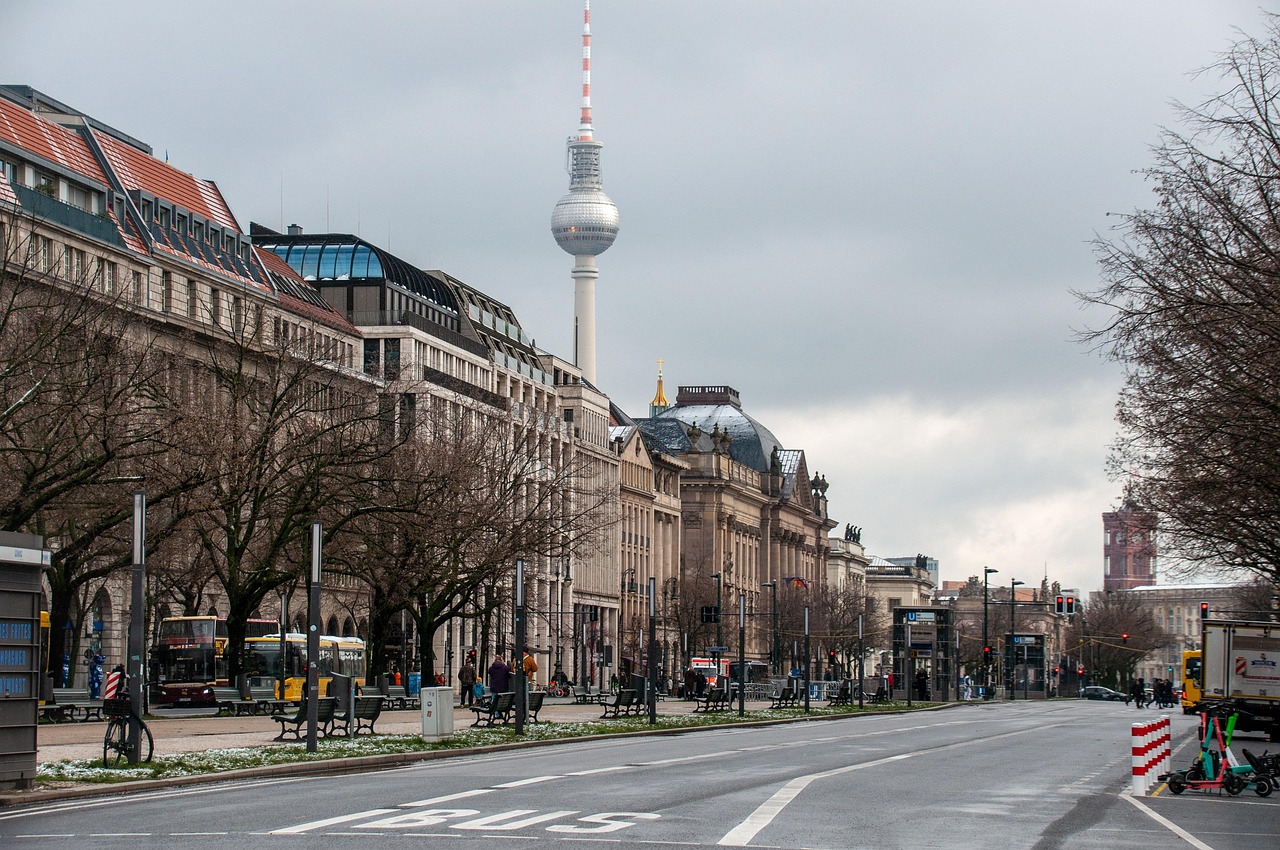A fresh nationwide analysis of traffic accidents paints a sobering picture of how risky everyday urban mobility can be in Germany. According to the latest evaluation of official statistics, more than 364,000 people were injured on German roads in 2024, while 2,770 individuals lost their lives. Roughly one-third of all fatal crashes occurred within city limits — a reminder that the danger is not limited to motorways or rural highways.
The new study, carried out by the insurance provider Allianz Direct, examined the detailed “accident atlas” published annually by Germany’s federal and state statistical offices. By filtering the data street by street, postcode by postcode, the researchers identified the ten city roads where accidents involving injuries clustered most heavily throughout 2024. The resulting ranking offers one of the most granular insights currently available into where urban traffic risks concentrate.
Major cities dominate the ranking
The findings show a clear pattern: Germany’s largest metropolitan areas produce a disproportionate share of accident hotspots. Hannover appears three times in the Top 10, while Hamburg and Berlin each account for two entries. Other cities such as Frankfurt, Aachen and Münster also make the list with individual high-risk streets.
What becomes evident from the data is not just the sheer number of collisions but also the severity of the injuries recorded — a factor that significantly influenced the final ranking.
Frankfurt’s Hanauer Landstraße takes an unwelcome lead
At the top of the list stands Hanauer Landstraße in Frankfurt am Main. Over the course of 2024, this busy urban corridor saw 59 accidents involving injured persons, including twelve cases of serious injury. No fatalities were recorded, yet the combination of volume and severity placed the street firmly in first position.
The number two spot goes to Kieler Straße in Hamburg — a familiar name from previous years’ studies. It likewise recorded 59 accidents, but with only four serious injuries, resulting in a slightly lower risk classification. Close behind follows Vahrenwalder Straße in Hannover, which also registered 59 injury crashes, two of them severe. It remains the most dangerous road in Lower Saxony based on 2024 data.
Familiar names keep appearing — and that raises questions
One trend stands out clearly: several streets appear repeatedly in the top tier of nationwide accident rankings. Both Vahrenwalder Straße in Hannover and Frankfurter Allee in Berlin have shown up consistently in accident studies from 2022, 2023 and now 2024. The persistence of these hotspots suggests structural or behavioural issues that local authorities may need to address — whether that means changes to traffic light timing, lane design, pedestrian crossings or speed enforcement.
At the same time, experts emphasise that human error remains the leading cause of most crashes in Germany. From distraction to speeding and misjudging traffic situations, the behaviour of drivers, cyclists and pedestrians remains a crucial factor. Infrastructure improvements may help, but awareness and compliance play an equally important role.
Full ranking of the ten most accident-prone urban roads in Germany (2024)
The following list summarises the streets identified as the highest-risk urban accident hotspots based on injury-related collisions:
- Hanauer Landstraße, Frankfurt (60314): 59 accidents, 12 serious injuries, 0 fatalities
- Kieler Straße, Hamburg (22525): 59 accidents, 4 serious injuries, 0 fatalities
- Vahrenwalder Straße, Hannover (30165): 59 accidents, 2 serious injuries, 0 fatalities
- Trierer Straße, Aachen (52078): 58 accidents, 4 serious injuries, 1 fatality
- Hammer Straße, Münster (48153): 57 accidents, 5 serious injuries, 0 fatalities
- Cuxhavener Straße, Hamburg (21149): 56 accidents, 5 serious injuries, 1 fatality
- Am Leineufer, Hannover (30419): 50 accidents, 1 serious injury, 0 fatalities
- Friedrichstraße, Berlin (10117): 49 accidents, 4 serious injuries, 0 fatalities
- Frankfurter Allee, Berlin (10247): 47 accidents, 7 serious injuries, 0 fatalities
- Hildesheimer Straße, Hannover (30519): 46 accidents, 1 serious injury, 1 fatality
Allianz Direct notes that accident counts were grouped by postcode to prevent distortions caused by the varying length of each road.
A reminder of the daily risks on Germany’s urban roads
Germany’s major cities rely heavily on dense, multimodal transport networks where cars, trucks, bicycles, e-scooters and pedestrians interact constantly. High traffic volumes, tight intersections and mixed mobility patterns leave little margin for error. The latest ranking therefore serves as a timely reminder that road safety in city environments requires continuous monitoring and targeted interventions.
While infrastructure adjustments can help reduce risk, the study ultimately reinforces a broader message: safe behaviour remains the strongest preventive factor — regardless of whether one is behind the wheel, on two wheels or on foot.








